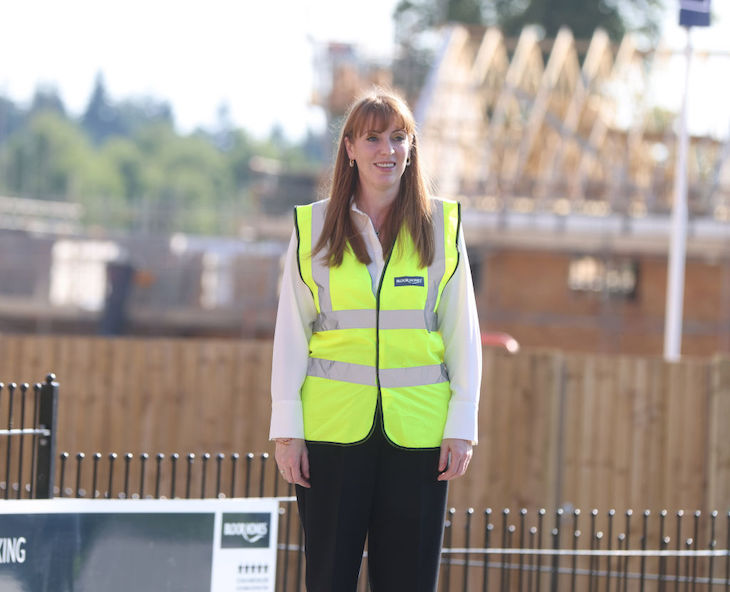Is an anti-beauty coalition building in the heart of government? Back in August, the Ministry of Housing, Communities and Local Government (MHCLG) controversially deleted “beauty” as a strategic priority in a National Planning Policy Framework (NPPF) update, effectively removing it as a specific, statutory requirement for new houses.
Labour’s Achilles’ heel has often been a default to centralised utilitarianism
Next, Housing Secretary Angela Rayner dismissed the word “beautiful” as “subjective” and broadly meaningless. Now, we learn that the Office for Place – the government body created to ensure design quality in new housing – has been scrapped.
In a move that will likely alarm anyone wary of civil servants appointing themselves architectural arbiters, Labour’s Housing Minister Matthew Pennycook argues that by “drawing expertise and responsibility back into MHCLG, I want the pursuit of good design and placemaking to be a fully integrated consideration in the government reforms.”
So what exactly is going on? In its rush to build 1.5 million new homes by the end of this parliament, is the government sidelining beauty as a trivial aesthetic obstacle to the political objective of increased housing supply? Or are these measures little more than bureaucratic housekeeping, streamlining terminology and centralising strategic guidance?
There is evidence for both interpretations, but it is the first that raises concern. True, the removal of the single word “beauty” from planning policy may not in itself signify a dystopian dawn for Britain’s urban environment. Pennycook insists the government remains “determined to…improve the design and quality of the homes and neighbourhoods being built.”
But when considered alongside the wider ideological trajectory Rayner and MHCLG appear to be following, there are concerns over how committed the government is to the beauty principles that have driven housing policy since Policy Exchange’s 2018 report, Building More, Building Beautiful. This report led to the influential Sir Roger Scruton-chaired Building Better, Building Beautiful commission, which advocated for the establishment of the Office for Place.
Ironically, with Starmer once nostalgically citing new towns filled with Georgian townhouses and Rayner demanding “good quality housing” immersed in local character over “identikit” developments, these were beauty principles Labour seemed to endorse before the election. If they have reconsidered, it would be a grave mistake.
The question is, why the shift? Housebuilders have made no secret of their animosity towards the Building Beautiful programme, viewing it as an obstruction to profits and targets. If this is the rhetoric now influencing ministers, which the post-election speed of this conversion suggests, then it does not bode well for Britain’s future.
As seen with the council housing projects of the 1960s and 70s, Labour’s Achilles’ heel has often been a default to centralised utilitarianism that prioritises rapid delivery over quality and community aspiration. The fact that many of these projects have since been demolished underscores the failures of this creed. It confirms that, when governments turn against beauty, it is poorer, working-class neighbourhoods that suffer most.
If this retreat from beauty has indeed been driven by developer persuasion, Labour is wrong to embark on it.
Beauty has historically been embedded in the Labour tradition; it was considered by early socialists as essential to improving conditions for the poor and boosting growth and wellbeing. These legacies support, rather than impede, housing supply and are assets Labour should embrace.
The provision of housing is also a core social contract. If this contract has been usurped by developer interests typically associated with conservatism, what moral integrity will Starmer’s growth programme have left? If housing can be compromised, what about hospitals, schools, transport, and policing? Like Britain’s post-2008 paradox of an expanding economy hiding declining wealth, a growth agenda based on aesthetic austerity is self-defeating. Housebuilders build houses, but, as our Better Places paper observed, it is people who build communities. If the government wants those communities to grow, it should start by prioritising beauty.







Comments